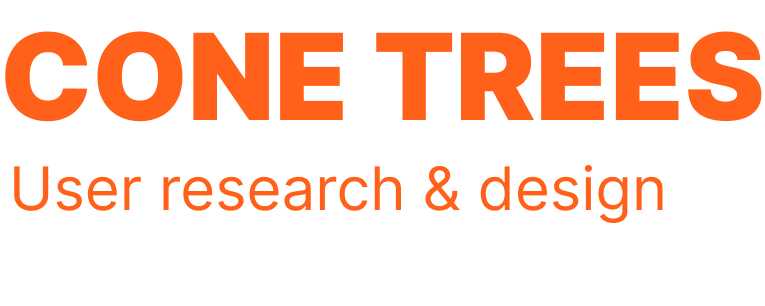Page 3 of my article which was part of the book, UX Storytellers- Connecting the Dots (download free).
Example 1: The Key Keepers
Continuing from the previous story, this story puts a lens onto the team that tried to introduce user centered design (UCD) methods into its organization but had very little progress after a year.
One of the first opportunities the folks who wanted to try and introduce UCD techniques into their organization got was not on a company product but rather on their intranet. They had been assigned to work together on the redesign of the often complained about search page, search results page and a new Collaborative Question Answering (CQA) feature. The interaction designers managed to convince the Vice President of Engineering, who headed the project, to give them the opportunity to conduct a series of usability tests on the new search that was being developed.
They were unable to get him to let them conduct usability tests right from the beginning—from ideation into paper prototyping and then low fidelity wireframes, since he thought their time would be better utilized at this point to simply getting the UI design of the ground, based on stakeholder and product inputs. In any case, this would be a trial usability test and he could not afford to assign any resources on experiments. However, he did agree to let them conduct usability tests once they were ready with interactive prototypes since they would have achieved something concrete by then. In addition, he also agreed to let them do the same thing in the next iteration for CQA development as well.
The Vice President (VP) was quite pleased about the initiative taken by the interaction designers. Steve Krug’s book, ‘Don’t make me think’ had been lying on his work table for quite a while now and anybody who entered his cabin was sure to catch a glimpse of it. He had read a bit of it and it did make sense, though he would like to see results rather than simply reading about how usability could improve a product on paper. He enjoyed talking about how he was trying to bring ‘usability culture’ into the company and considered himself quite the usability evangelist.
All in all, the interaction designers could not have found a better person to get an opportunity from because things were already slightly in their favor, thanks to his positive outlook towards usability. Now all that was required was to show him that this stuff really worked!
When the time came, they set about conducting their usability tests. Their plan was an elaborate one. It was longer than the VP expected, especially since he had asked them to simply send over a quick one-page plan by email with the dates of the test as well as a short high level overview of what they would be doing, along with the test scenarios and tasks. The plan they mailed over attached as a lengthy eight page word document, had too much information in it according to the VP, and he simply called one of the three interaction designers over to his cabin and asked him to explain how they planned to proceed.
The VP wanted all eight test sessions to be done in a day and wanted to to see the findings the very next day. The interaction designers however said it would take them at least two days to conduct the usability tests and then another two days to analyze the data after which they would have the report ready with the findings he wanted. So the usability test was not to wrap up in a maximum of two days as the VP would have liked to have it, but would take around a week, something he was not too pleased about.
The interaction designers chose to set up camp in a larger war room. This would be their usability lab which would allow one facilitator, a note taker and an observer for each session. They mailed everyone on the intranet project mailing list, informing them that there could be one observer for each of the eight sessions, and anybody interested could mail them back to book a slot. When the VP thus decided to drop by on a test session, he was requested to come for the next one since there was already an observer in the room. In the next session, when he chose to ask a few questions while the participant was undergoing a task, he was not allowed to do so and was requested to make a note of any questions he wanted to ask and ask them after the test, in the end during debriefing.
In order to keep a pulse on what the tests were revealing, he had asked the interaction designers to give him a summary of the test findings at the end of each day. But they were not very keen to do this since they did not want the findings to be known and spread by word of mouth before they could present a report of the findings to the intranet team once all the tests were done. When the usability tests were over and they were analyzing session videos and making notes, the VP came by and inquired about what direction were the results generally pointing out to, and what the findings were, since by now they surely would have a fair idea of it.
Being the guy who was introducing usability tests into the organization, he wanted to have a look at the results before they were presented to everyone else so he could generally talk over lunch with his colleagues about ‘how most of his assumptions were validated’ by the test. It was his baby, after all. However, the interaction designers were vague about it again; they really did not want everyone to know the results before they presented the findings and recommendations, thinking it would dilute the whole effort.

Leave a Reply